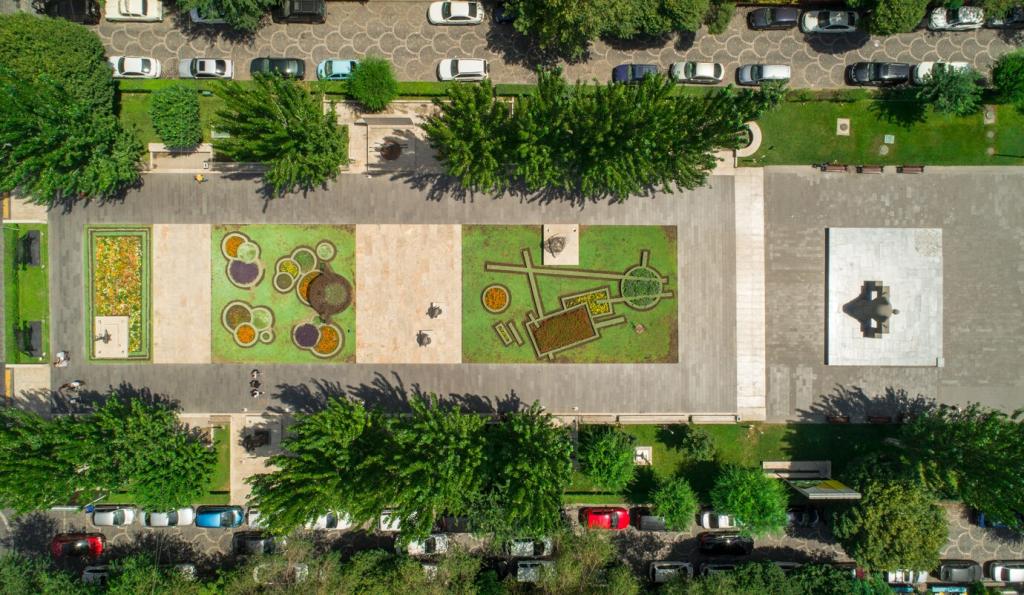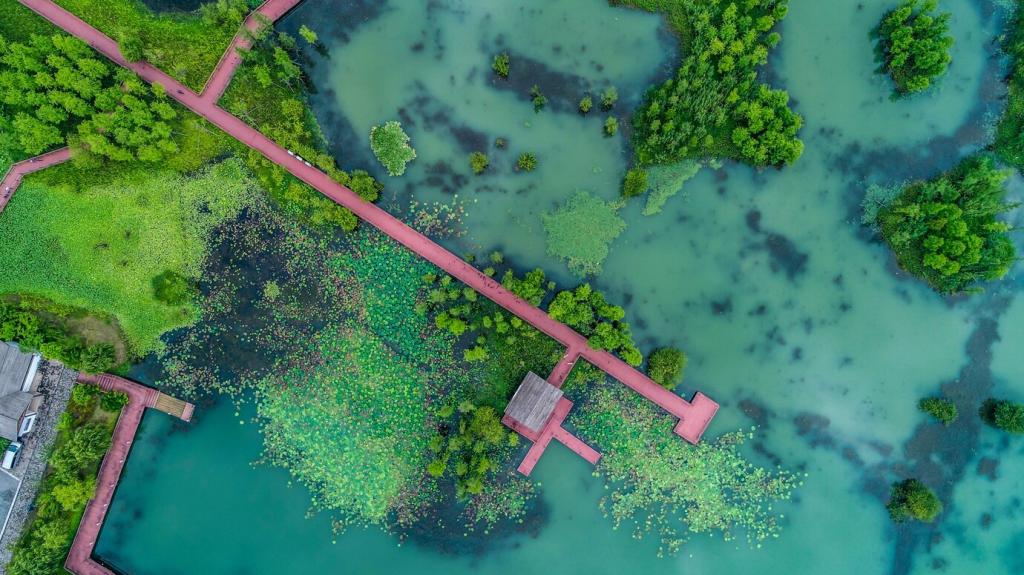Principles of Universal Pathway Design
When the ground you walk on welcomes you, the entire park feels like it’s yours. Universal pathways invite kids, elders, wheelchair users, athletes, and new parents with strollers to share the same route, shoulder to shoulder, without detours or apologies.
Principles of Universal Pathway Design
Guidelines like ADA emphasize firm, stable, slip-resistant surfaces, gentle slopes, and predictable crossings. But their real goal is human: comfort, safety, and independence. Design to the spirit of inclusion first, then verify the details with codes, checklists, and community feedback.




